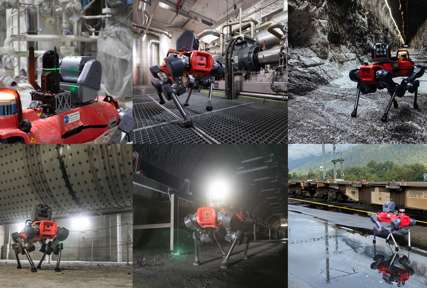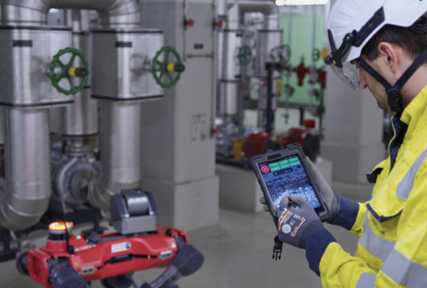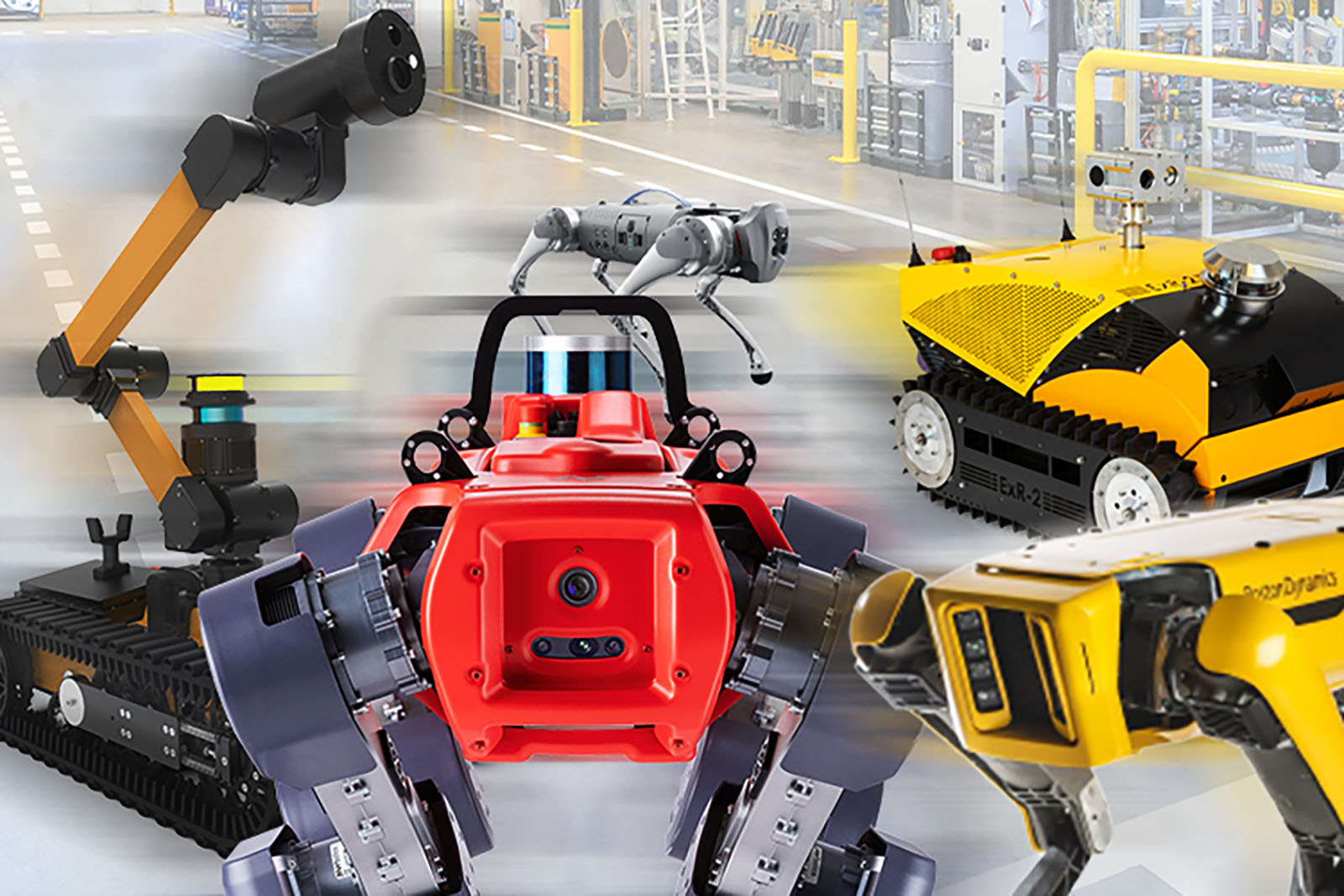Industrial inspection robots are mobile data-gathering systems: they carry measurement sensors and are designed to navigate facilities built for humans. The usage of this technology is rapidly growing, yet comparing different robotic inspection offerings can be overwhelming. It involves knowing why you require the technology, considering the suitability of an entire solution, i.e., looking beyond the physical robotic carrier platform, evaluating the solution from an end-to-end perspective, and ultimately partnering with an enterprise-level vendor.
If you are interested in using ground robots to automate industrial inspection jobs in your plant operations, this three-part article series is for you:
-
Identify the task you want to automate
- Find the right inspection robots for your facilities
- Ensure data integration and safety features
They will equip you to evaluate different platforms, understand the industrial inspection ecosystem, and make informed decisions around requirements, applications, and suitability.
This article focuses on the first step in adopting a robotic solution: determining what you want to accomplish with inspection robots.
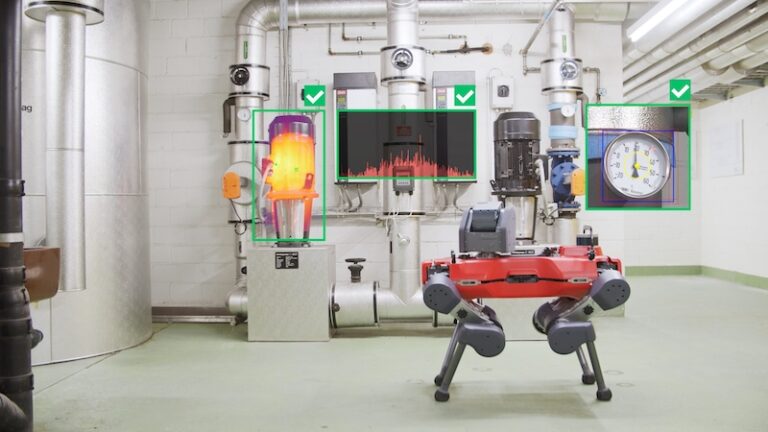
Why Should I Use an Inspection Robot?
First, ask yourself what you can accomplish with robotic automation solutions.
Automation technology offers tremendous opportunities for:
- efficiency gains
- cost savings
- production increases
Different types of inspection robots bring various levels of benefit.
For example, compared to the basic coverage provided by stationary sensors, mobile inspection robots offer a more scalable and effective method for continuously collecting and analyzing digital operational data.
This approach significantly impacts the effectiveness of inspections and remote operations and improves safety by removing human workers from hazardous environments.
To take advantage of these benefits, plant operators use autonomous robots that can navigate multi-story environments, tolerate adverse conditions, and gather valuable operational insights. Autonomous robotics technology is relevant to all asset-intensive industries, including oil & gas, chemicals, mining, energy & utilities, and construction.
All the innovative asset owners know this and increasingly use robots in their inspection and workforce planning.
What Kind of Industrial Inspections can Robots Automate?
As reported at the beginning of this article, the type of inspection task you want to automate will determine the kind of inspection robots you should hire. In fact, the type and quality of data that can be delivered will vary from robot to robot.
The first step in ensuring that an inspection robot solution can work effectively is to be clear about the jobs that inspection robots can automate.
Inspection robots create value by efficiently performing various essential and repetitive jobs autonomously, which allows you to collect and manage your inspection and monitoring data.
Typical jobs automated by industrial-grade inspection robots include:
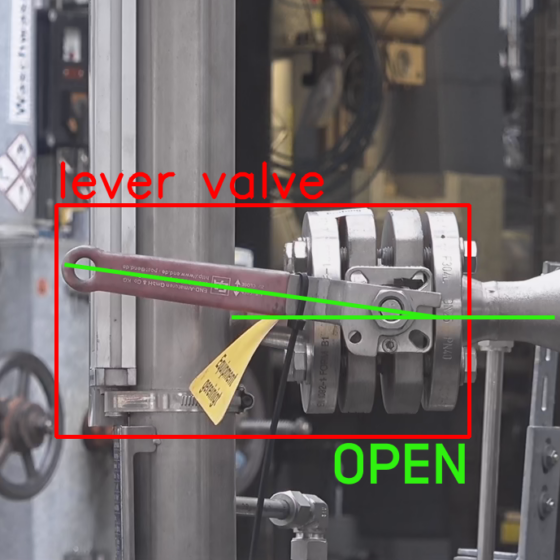
Detect equipment failures early and take preventive maintenance action to avert costly defects and downtime.
What sensor does the robot need?
Visual optical zoom camera
Directional ultrasonic microphone
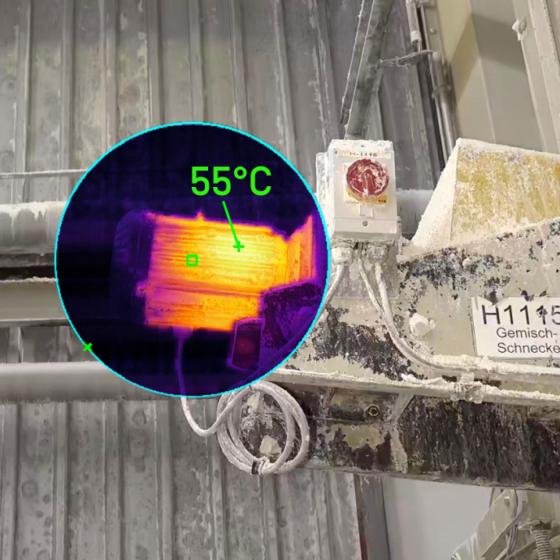
Powerful, previously undetected insights about the condition of equipment through frequent automated thermal inspection.
What sensor does the robot need?
High quality thermal camera
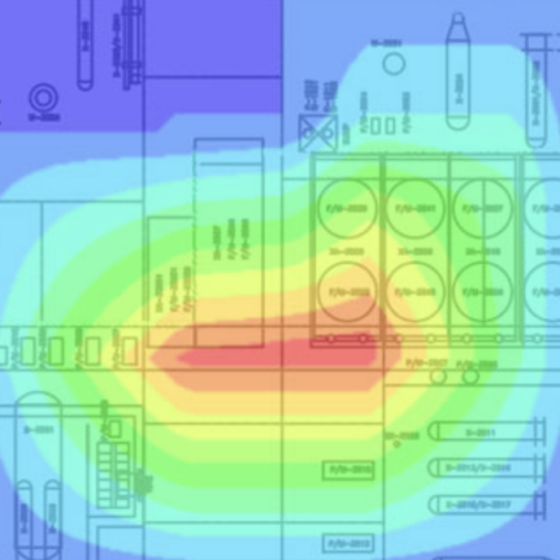
Monitor combustible and toxic gas concentration levels in real-time and enable operators to react to gas leaks early.
What sensor does the robot need?
Range of toxic and/or combustible gas sensors
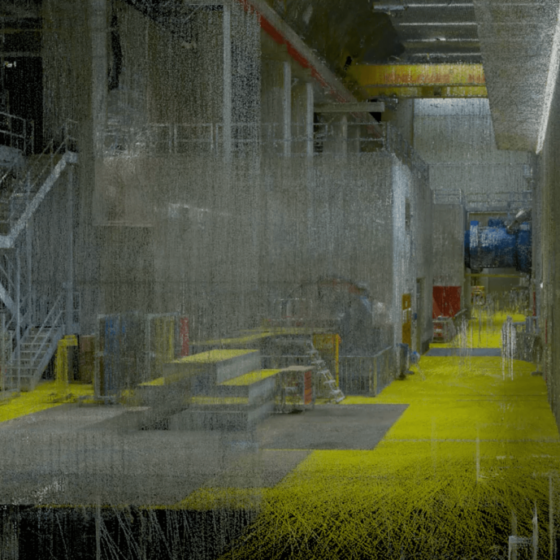
Create and update existing 3D models on-demand, more accurately, cheaper, and quicker.
What sensor does the robot need?
360° Lidar scanner
Once you have compared the tasks you want to automate with what inspection robots can do, educate yourself further by reading part two of this series, which focuses on selecting inspection robots based on your industrial environment.
Start your robotic journey with ANYbotics
Get a glimpse of the value ANYmal can unlock
for your business with this 30-minute demo:
